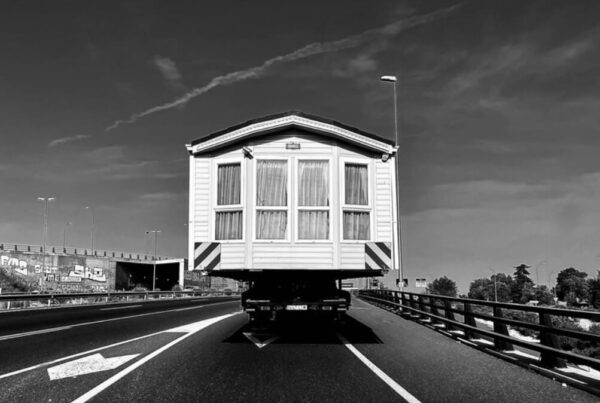Mobile homes provide affordable living options, yet when removed they leave significant considerations about what will become of the land after removal. Understanding what this entails makes informed decisions possible so let’s find out What happens to the land after a mobile home is removed!
Immediate Impact on Land
Foundation Remains
After taking down a mobile home, its foundation typically remains. This could consist of anything from concrete slabs or gravel pads, to wooden blocks requiring clearance or reuse according to your plans.
Land with Bare Patches
Mobile homes often block sunlight and trap moisture, leaving behind compacted ground beneath that may appear barren and compacted – as grass and plants struggle to establish themselves here at first.
Read about: Mobile Home Donation
Common Land Issues After Abatement
Soil Compaction
A mobile home’s weight can compact soil, making drainage harder for rainwater run-off and for roots of plants to find their roots and thrive. Restoring such compacted areas to health may require either aeration or tilling operations to restore healthiness.
Utility Connections
Most mobile homes contain utility connections for water, sewerage, and electricity that must be safely secured upon removal. Otherwise, they risk becoming exposed after removal and should either be covered up with caps or removed safely before disposal occurs.
Erosion Potential
Removing a mobile home on land that slopes or is uneven can increase its erosion potential; loose soil can easily be disturbed by wind and water without its support structure present to hold back erosion.
Read about: Can Mobile Homes be Moved Around?
Steps for Restoring Land
1. Clear Away Debris and Foundation Issues
Clean out any remaining materials. Remove foundation, anchors, and any debris – this will create an immaculate space ready to receive future uses.
2. Improve Soil Quality
To enhance soil quality, try mixing in organic material by way of compost bins or tilling it directly into your garden beds. Testing of pH level and nutrient levels of your soil can indicate which changes might need to take place to enhance it further.
3. Improve Drainage
Poor drainage on land can be improved by creating a slight slope or installing a drainage system; proper grading prevents water accumulation at its surface.
4. Plant Grass or Cover Crops
Planting grass or cover crops helps stabilize soil by preventing erosion while improving overall soil health over time.
Future Use of Restored Land
After renovating land, there are various uses that come to mind for its future use. Here are a few ideas.
Build Something on Your Land
The land is available for building new structures like houses, garages, or small offices. However, proper permits may be needed before proceeding with this undertaking.
Make Your Garden Beautiful
A garden can make good use of space by beautifying, providing fresh produce, and improving soil health.
Leave it as an open space
Some individuals prefer leaving the land open and undeveloped for recreational activities or as an open yard for their pets and children to play safely in.
Read about: Mobile Home Lifespan
The Bottom Line
What happens to the land after a mobile home is removed? – Removing a mobile home transforms its surroundings. Initially, this may leave it compacted, barren, or littered with remnants from its foundation; but by taking appropriate steps you can restore and repurpose this piece of land – whether for rebuilding, gardening, or leaving it open. Therefore preparing the land ensures it retains value and functionality over time.






